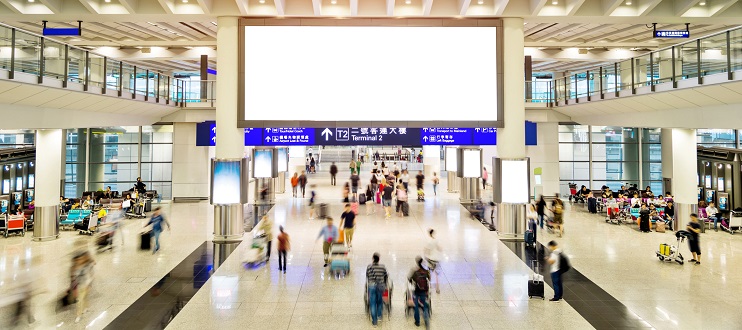

 Back to Latest News
Back to Latest News

The novel coronavirus (2019-n-CoV by the WHO), also known as the Wuhan coronavirus, is a single-stranded RNA coronavirus. The virus was first isolated from patients presented with pneumonia in Wuhan in December 2019. It is believed that the virus first emerged from patients working in the Wuhan Seafood Market, which also sold contaminated wild animals, consumed as a local delicacy. Sequences of the Wuhan betacoronavirus show similarities to betacoronaviruses found in bats, sharing a common ancestor with the SARS coronavirus (SARS-CoV), in HKU9-1, a virus found in fruit bats. Similar to SARS-CoV, it is a member of Beta-CoV lineage B. Five genomes of the novel coronavirus have been isolated and reported including BetaCoV/Wuhan/IVDC-HB-01/2019, BetaCoV/Wuhan/IVDC-HB-04/2020, BetaCoV/Wuhan/IVDC-HB-05/2019, BetaCoV/Wuhan/WIV04/2019, and BetaCoV/Wuhan/IPBCAMS-WH-01/2019 from the China CDC.
The 2019-n-CoV has since spread to other parts of China including Beijing, Shanghai, Quanzhou, Shenzhen, Macau and Hong Kong, and to other parts of the world including Bangkok, Tokyo, Seoul, Taipei, and Washington DC. At of 22 January 2020, more than 400 cases have been confirmed with 17 fatalities. It is believed that the mass population traveling home during the Chinese Lunar New Year will further accelerate the transmission of the novel coronavirus. No specific antiviral treatment for the 2019-n-CoV is currently available, but existing medication could be repurposed.
Genetic sequencing demonstrated similarity of the 2019-n-CoV to the SARS-CoV and MERS CoV. We expect patients infected with the 2019-n-CoV will also present similarly with initial upper respiratory tract symptoms including fever, cough, sputum, myalgia and shortness or breath. More severe cases might complicate with pneumonia and required ventilator or ECMO support. According to our previous studies in 2003 on patients hospitalized for severe SARS-CoV, the viral load peaked at day 7 from symptoms onset and coincided with clinical deterioration of pneumonia and respiratory failure, with majority of the patients required intensive care support. Higher viral load isolated from different human system also correlated with worsened SARS manifestation and complications.
Infection control measures are of utmost importance in slowing the transmission of the 2019-n-CoV. These measures include closing down of these live wild animals markets and heavily penalizing people from selling and consuming wild animals. Prompt isolation of travelers from China, especially from Wuhan, with febrile illness via infrared temperature detectors at various sea and airports, and train stations. The compulsory completion of a brief personal health questionnaire on travel history, immediate past medical history including fever, upper respiratory tract symptoms, recent hospital visits and contact with febrile patients, with traveler’s name, address and mobile phone number will assist subsequent contact tracing. Rapid diagnosis with 2019-n-CoV RT-PCR assay together with screening with other respiratory viruses on the patient’s nasopharyngeal sample will facilitate treatment and early discharge of PCR negative patients, and lower the risk of nosocomial cross-infection. Surgical masks should be worn in clinical areas and also when traveling within or from China on confined transportation. Personal hand-hygiene will also help to lower the transmission risks. Travelers are also advised not to travel to Wuhan, unless really necessary. Only with these stringent infection control measures, the outbreak could be stopped.
References